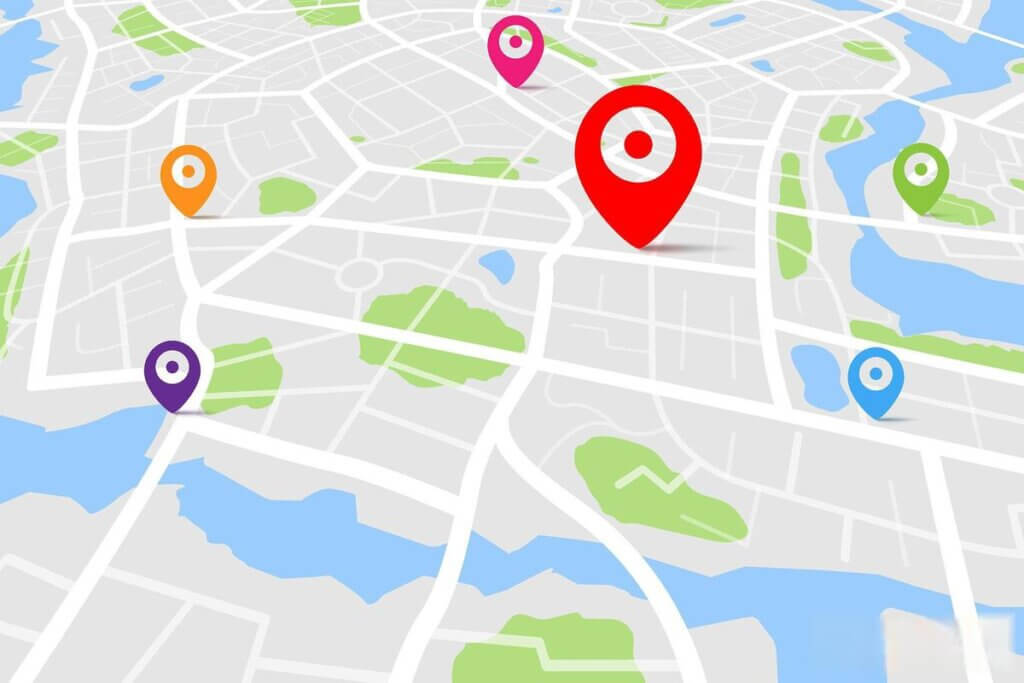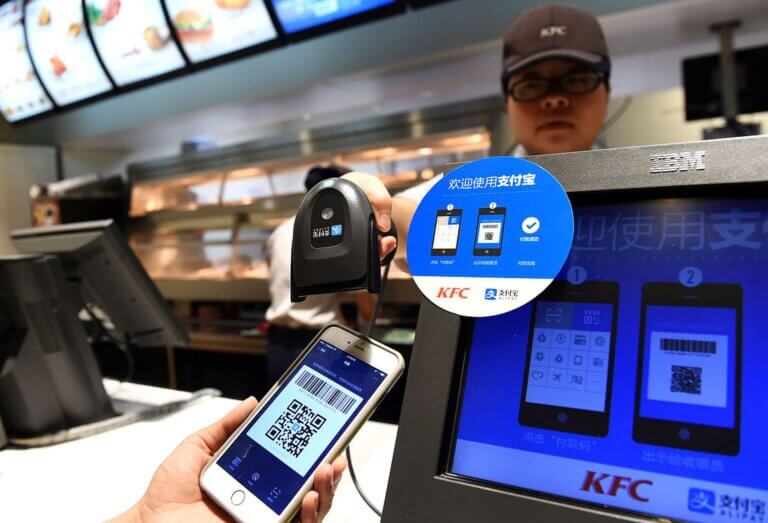
Traveling in China is an adventure filled with bustling cities, serene countryside, and a rich cultural tapestry. However, navigating this vast country can be daunting, especially when internet access is limited or restricted. As a seasoned traveler and editor, I’ve learned that having the right map app can make or break your journey. In this article, I’ll introduce the best China map apps for foreign travelers, focusing on offline options, and share essential tips to ensure a smooth experience.
Why Offline Map Apps Are Essential in China
China’s internet landscape is unique due to the Great Firewall, which blocks access to popular Western apps like Google Maps. While VPNs can help bypass these restrictions, they aren’t always reliable. Additionally, international roaming can be expensive, with data plans costing up to $10 per day14. Offline map apps eliminate these concerns by allowing you to navigate without an internet connection.
Top China Map Apps for Foreign Travelers
1. MAPS.ME
MAPS.ME is a lifesaver for travelers who prefer offline navigation. With over 140 million downloads, this app offers free offline maps for cities across China. Simply download the maps before your trip, and you’re good to go. While the app is user-friendly, its open-source nature means maps may lack accuracy in some areas.
Pros:
- Free offline maps
- Available in English
- No VPN required
Cons:
- Maps may be less accurate
- Limited real-time updates
2. Apple Maps
If you’re an iPhone user, Apple Maps is a reliable choice. It’s pre-installed on Apple devices and offers turn-by-turn navigation, real-time traffic updates, and even indoor maps for major airports like Shanghai and Guangzhou. The app uses data from Alibaba’s Amap, ensuring relatively accurate information.
Pros:
- Real-time traffic updates
- Indoor maps for airports
- No VPN required
Cons:
- Limited to Apple devices
- Some Western brands may be missing due to government restrictions1
3. Baidu Maps
Baidu Maps is China’s equivalent of Google Maps and is widely used by locals. It offers features like street view, 3D city maps, and public transport schedules. However, the app is primarily in Chinese, making it challenging for non-Mandarin speakers.
Pros:
- Comprehensive features
- Real-time traffic updates
Cons:
- No English support
- Requires a VPN for some features
4. Amap (Gaode Maps)
Owned by Alibaba, Amap is another popular navigation app in China. It provides detailed lane-level navigation and traffic light countdowns. Recently, Amap launched an English version, making it more accessible to foreign tourists.
Pros:
- English version available
- Accurate lane-level navigation
Cons:
- Limited offline functionality
- Requires internet for real-time updates
Tips for Using China Map Apps
1. Download Maps Before Your Trip
To save data and avoid connectivity issues, download offline maps of your destination cities before arriving in China. Apps like MAPS.ME and Apple Maps allow you to do this easily.
2. Use a VPN for Google Maps
If you prefer Google Maps, download a reliable VPN like NordVPN or ExpressVPN before your trip. These services allow you to bypass China’s internet restrictions and access Google Maps. However, be prepared for potential inaccuracies due to limited local data.
3. Carry Addresses in Chinese Characters
Chinese street signs are often in Mandarin, making it difficult to match them with English map labels. Always have your destination addresses written in Chinese characters to show taxi drivers or locals if you get lost.
4. Enable International Roaming or Get a Local SIM
If you plan to use online map features, consider enabling international roaming or purchasing a local SIM card. China Mobile offers affordable data plans starting at $0.87 per day.
5. Combine Multiple Apps for Best Results
No single app is perfect for every situation. For example, use MAPS.ME for offline navigation and Baidu Maps for real-time traffic updates. Combining apps ensures you’re prepared for any scenario.






